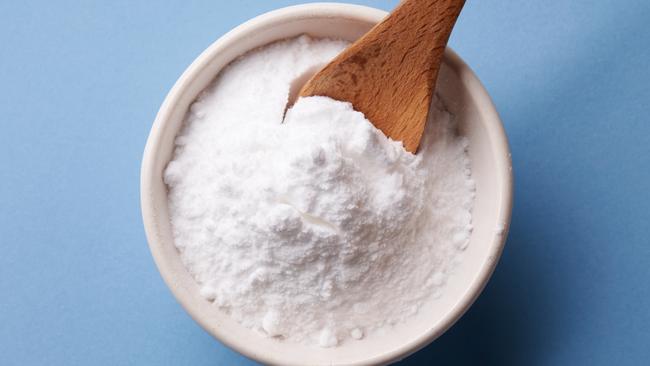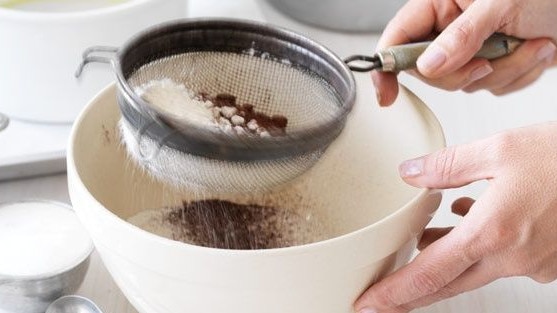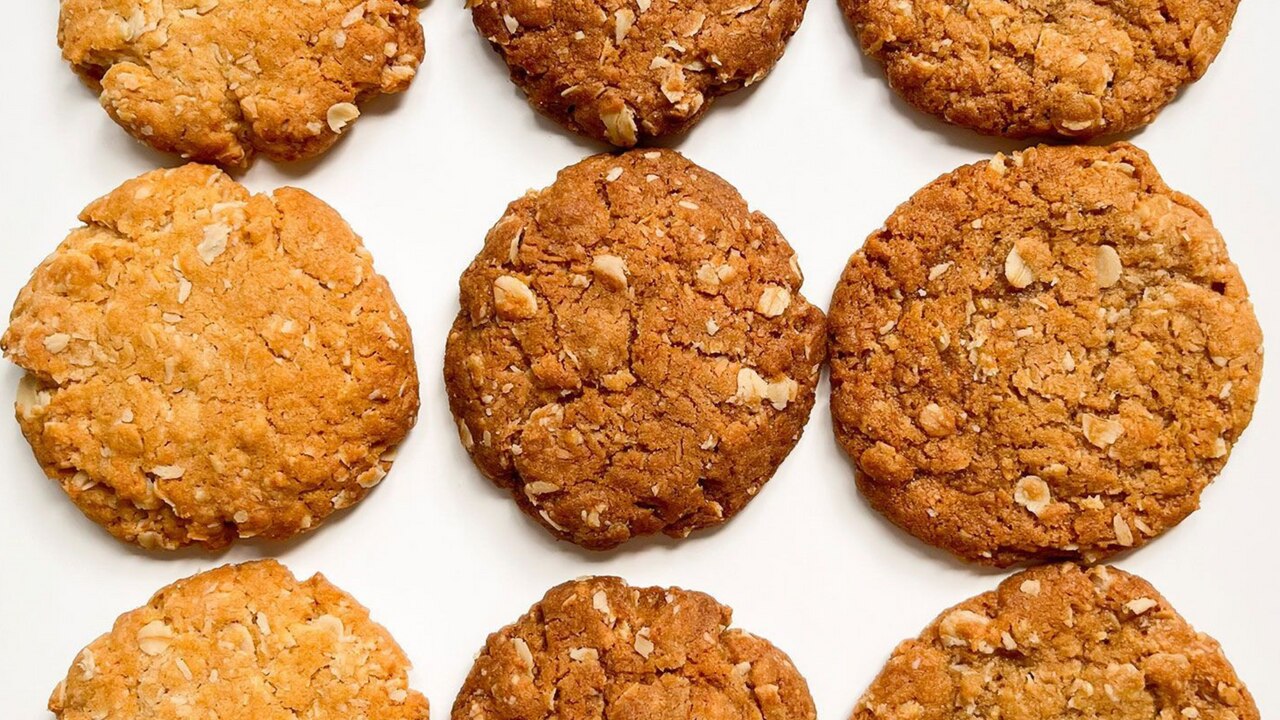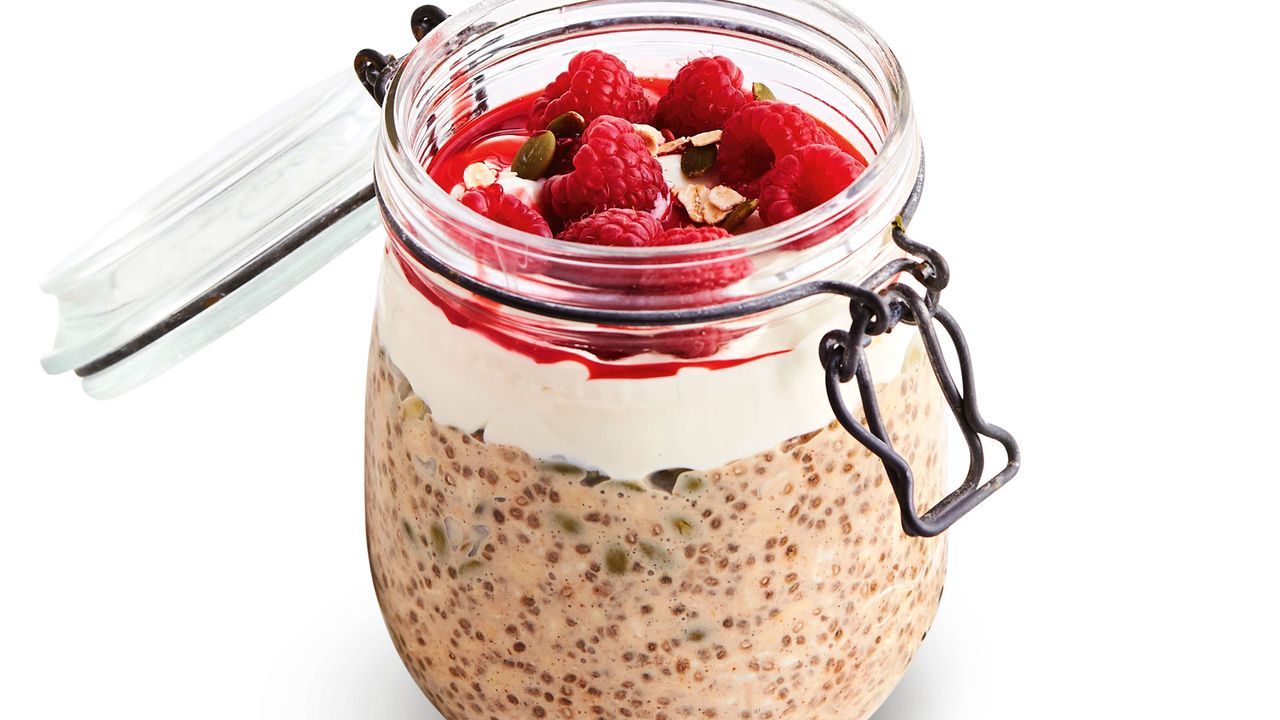Difference between baking soda, baking powder and bicarb soda
They are all white powders but they have different uses. So what exactly is the difference between bicarbonate soda, baking powder and baking soda? We have the answers.

If there was ever a question most asked on the internet, it would surely be: “Hey Google, what’s the difference between bicarbonate soda, baking powder and baking soda?”
Taste.com.au has done the research to clear things up.
What is bicarb soda/bicarbonate of soda?
Bicarbonate of soda (otherwise known as bicarb soda) is a pure leavening agent.
It is alkaline and commonly used in recipes that mix moisture plus an acidic ingredient (such as lemon juice, chocolate, buttermilk or honey) together to make batter rise.
Bicarb soda leaves a tangy flavour if overused, so should be sifted very well.
What is baking soda?
Baking soda and bicarb soda refer to the same thing. Australia, New Zealand and the UK use the term bicarb soda, while the US refers to it as baking soda.
Baking soda and bicarb soda are also used as a good, non-toxic style cleaning agent used to remove dirt and grease off different surfaces.

RELATED LINKS:
How to make self raising flour using baking powder
The rise on these fluffy pancakes will blow your mind
Our super-airy lemon sponge needs no baking powder at all
What is baking powder?
Baking powder is bicarb soda pre-mixed with a dry acidic ingredient (such as cream of tartar) that causes baking to rise when mixed with wet ingredients.
It is usually two parts cream of tartar to one part bicarb. All you need to add is the moisture, which gives off carbon dioxide in order to aerate and lighten a mixture during baking.
Can I use bicarb soda instead of baking powder?
Bicarb soda has three to four times more power than baking powder, so if you need baking powder and only have bicarb soda on hand, you will need to increase the amount of acidic ingredients in your recipe to offset bicarb’s power.

For example, if the recipe calls for a teaspoon of baking powder, substitute it with ½ a teaspoon of bicarb soda and then include an additional teaspoon of lemon juice or vinegar to offset the acidic components.
Alternatively, you can make your own baking powder by mixing one part bicarb soda with two parts cream of tartar, and then add the mixture as you would baking powder.
How to test if baking powder is still good
Put some baking powder in a small bowl and add some boiling water. If you see it foam up, it’s okay to use.
How to test if bicarb is still good
Drop a small amount into a mixing bowl and add a little vinegar or lemon juice to it. If it bubbles, it’s good to use.
For more recipe ideas, go to taste.com.au or check out the Taste Test Kitchen now.
Originally published as Difference between baking soda, baking powder and bicarb soda


